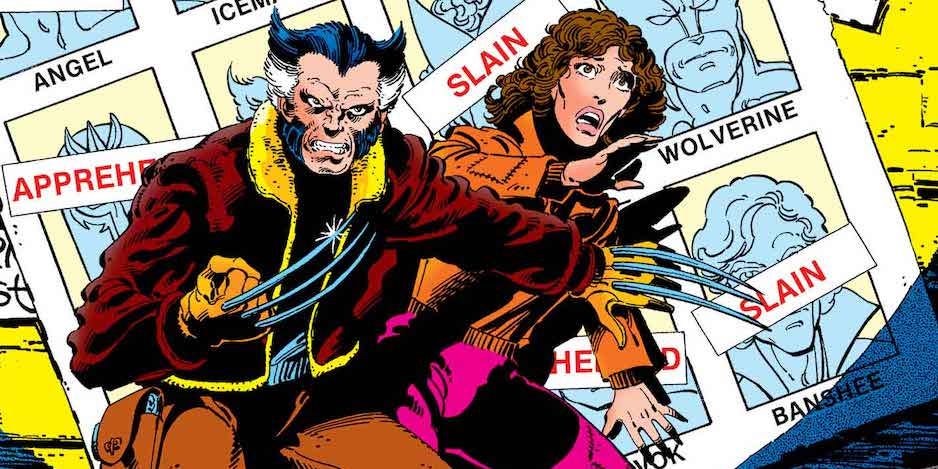{D} 141: What did you learn about yourself today?
What happened when I started drawing again after 30 years
Recently I started drawing again. I haven’t drawn since the 80s. Mostly comics back then, in the 80s, that’s what I would draw.
I was a big Marvel head, so lotta Rob Liefeld, lotta Jim Lee, lotta Alan Davis. I would spend hours drawing strong chins, over-developed shoulders, muscled abs, and gleaming white teeth.
This was the 80s, the decade of the dark …
Keep reading with a 7-day free trial
Subscribe to Delightful to keep reading this post and get 7 days of free access to the full post archives.


